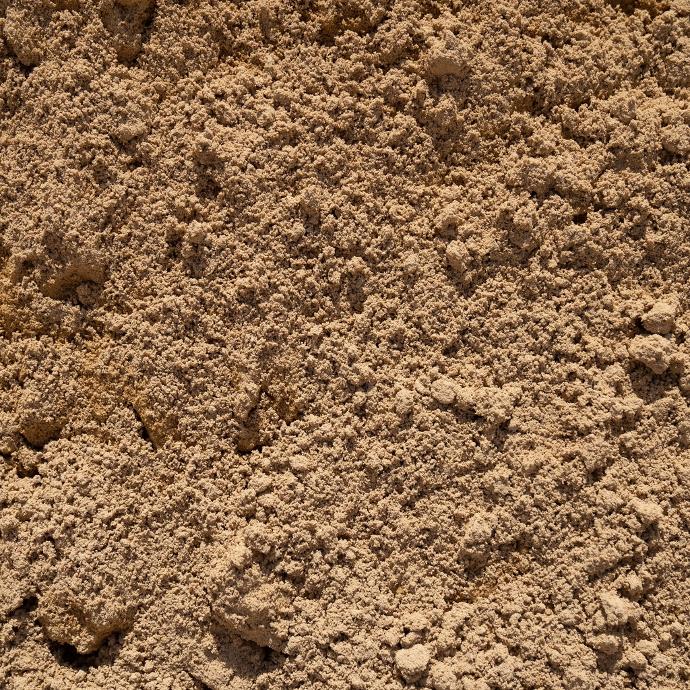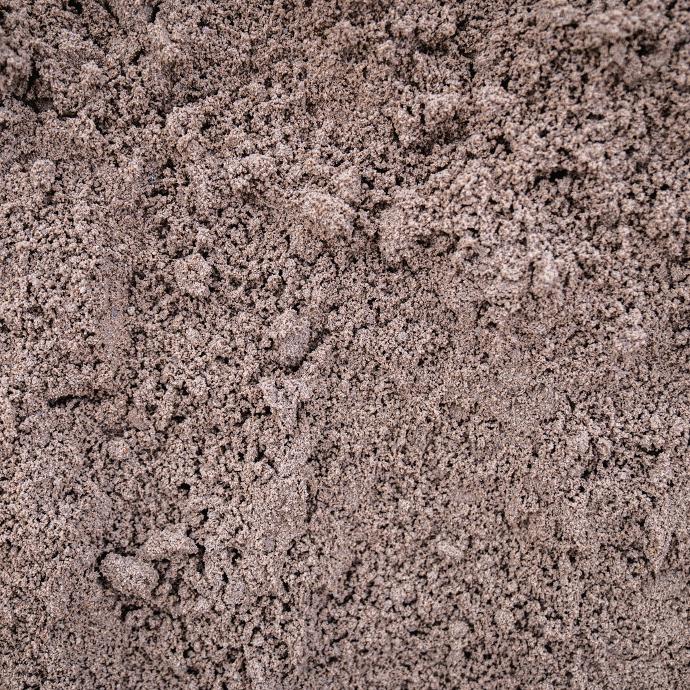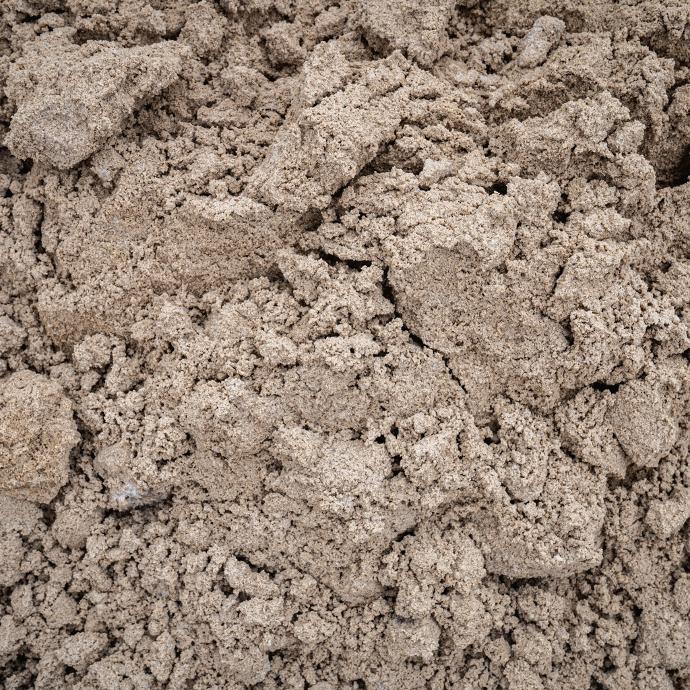Bricklaying is a crucial aspect of construction, demanding the right materials for a strong and durable outcome. One essential material in this process is sand, specifically chosen for its unique properties that contribute to the perfect mortar mix. Let's delve into the types of sand used for bricklaying and why they're favoured by professionals.
Bricklaying Sand: The Optimal Choice for Bricklaying
Brickies sand, also known as bricklayer's sand, is a preferred choice for many professional bricklayers. This type of sand contains a high amount of clay, which gives it a sticky quality when mixed with cement. The enhanced blending and bonding characteristics make it ideal for creating a workable mortar.
Properties of Brickies Sand
- High Clay Content: The clay content in brickies sand makes the mortar more adhesive, which is essential for keeping bricks in place.
- Variety of Colours: Available in colours like yellow, grey, and white, brickies sand can match various aesthetic needs in construction and landscaping projects.
- Workability: Its stickiness ensures a smoother application and better bonding of bricks.
- Smooth Consistency: Ensures that the mortar won't shrink when dry or create uneven surfaces.
- Compressibility: Makes it simple to work with and apply to bricklaying tasks.
Common Uses for Bricklaying Sand
- Bricklaying
- Wall construction
- Limestone block work
- Sand joints
- Roof capping

Why Professional Bricklayers Use Brickies Sand
Brickies sand is favoured because of its perfect blend of clay and silt content, which allows for a stickier and more workable mortar. This makes the process of laying bricks more efficient and ensures that the finished structure is sturdy and long-lasting. When used for drying and bonding, brickies sand repels water and provides a durable join.
Premium Brick Sand Products at Daisy's Garden Supplies
At Daisy's Garden Supplies, we offer a variety of premium brick sand products tailored to meet all your bricklaying needs. Here’s a closer look at our top offerings:

Premium Brick Sand:
- Description: A fatty, yellow brick sand ideal for all bricklaying applications.
- Mix Ratio: Standard blend is 6 parts sand to 1 part cement and 1 part hydrated lime.
- Coverage: 1 cubic metre of sand can lay approximately 1,000 bricks, requiring 8-10 bags of cement.

Grey Brick Sand:
- Description: A light grey sand perfect for creating a lighter coloured mortar.
- Mix Ratio: Standard blend is 6 parts sand to 1 part cement and 1 part hydrated lime.
- Coverage: 1 cubic metre of sand can lay approximately 1,000 bricks, requiring 8-10 bags of cement.

White Brick Sand:
- Description: A white to creamy white sand suited for all bricklaying needs.
- Mix Ratio: Standard blend is 6 parts sand to 1 part cement and 1 part hydrated lime.
- Coverage: 1 cubic metre of sand can lay approximately 1,000 bricks, requiring 8-10 bags of cement.
FAQs
What type of sand is best for bricklaying?
- Brickies sand is often the best choice due to its high clay content and adhesive properties. Builder's sand is also suitable for a smoother consistency in mortar.
Can I use any sand for bricklaying?
- It's essential to use sand specifically designed for bricklaying, like brickies sand or builder's sand, to ensure the mortar has the right consistency and bonding strength.
Why is clay content important in bricklaying sand?
- Clay content is crucial because it makes the sand stickier, enhancing the bonding and workability of the mortar.
What mix ratio should I use for bricklaying mortar?
- A common mix ratio is 6 parts sand to 1 part cement and 1 part hydrated lime. This ratio provides a strong and workable mortar. The industry has shifted from traditional hydrated lime, to Gibco Liquid Lime thanks to it's enhanced workability and reduced OH/S concerns.
How much sand do I need to lay 1,000 bricks?
- Approximately 1 cubic metre of sand is needed to lay 1,000 bricks, which requires 8-10 bags of cement.
Does the colour of the sand affect the mortar?
- Yes, the colour of the sand can affect the appearance of the mortar. At Daisy's, we offer yellow, grey, and white sands to match different aesthetic preferences.
Conclusion
Choosing the right sand for bricklaying is essential for creating a durable and aesthetically pleasing structure. Brickies sand, with its high clay content, provides the perfect mix for mortar, while builder's sand offers a smooth consistency for a flawless finish. At Daisy's Garden Supplies, we offer premium brick sands to meet all your construction needs. If you're in need of specialty bricklaying tools to get your job done, check out our partners at Diamond Way.